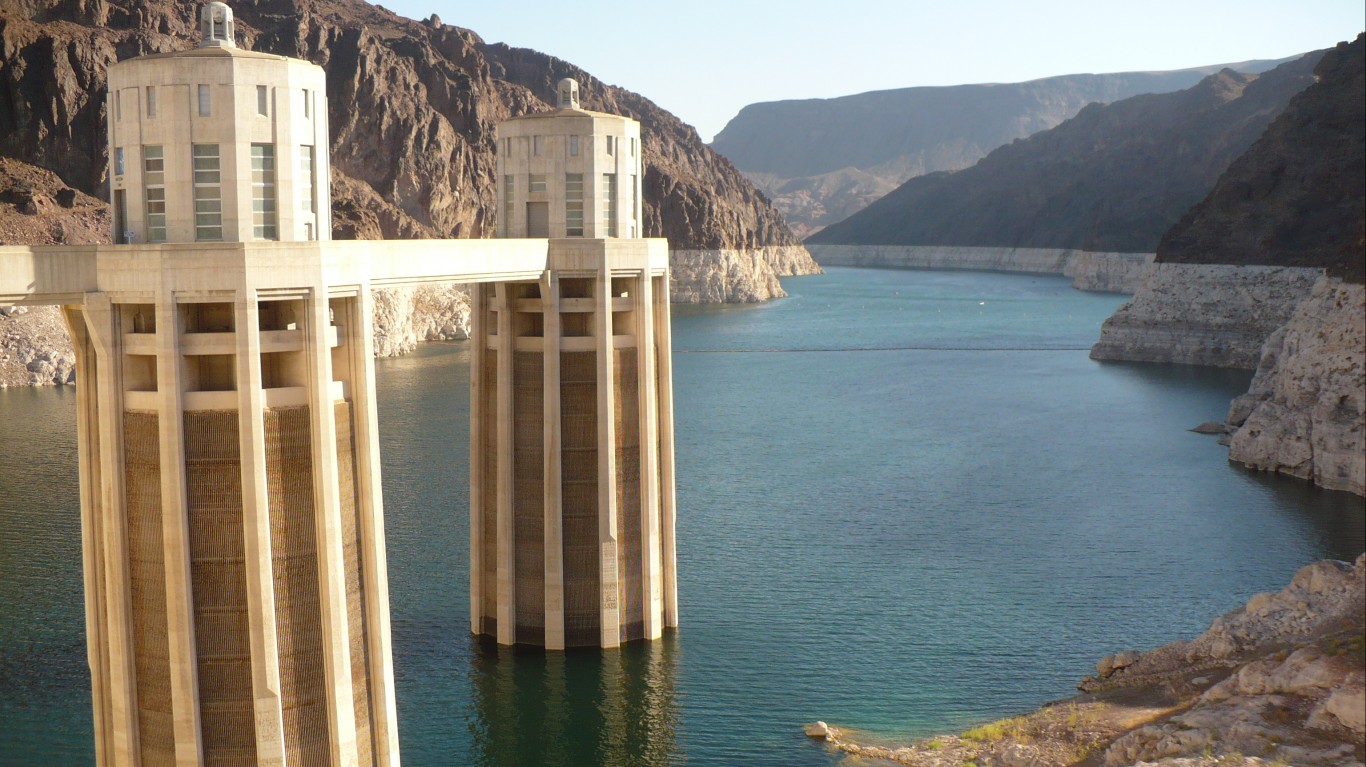
A report published in Science in May forecast dire futures for the many of the largest and most famous lakes on our planet, more than half of which have lost vast amounts of water over the previous three decades.
The lead author of the report was Fangfang Yao, a University of Virginia surface hydrologist and a visiting scholar at the Cooperative Institute for Research in Environmental Sciences at the University of Colorado Boulder. Yao and his colleagues utilized satellite observations from 1992 to 2020 to get estimates of area and water levels of nearly 2,000 freshwater bodies across the globe. They found that about 53% of the world’s lakes, regardless of hemisphere, have visibly shrunk, losing a total of about 22 billion metric tons of water a year over the 28-year time span. About one-fourth of the Earth’s population lives in areas with significant lake water losses.
Desiccation of lakes has been part of the natural order of things since the planet was formed. Lake water levels fluctuate due to natural climate variations in rain and melt from snowfall. But lakes have been drying up faster than usual in recent years for many reasons – among them climate change, which accelerates evaporation; prolonged drought; excessive water use; government mismanagement; and sedimentation. (These are the countries facing the worst climate emergencies.)
The results are many: a decrease not just in water quantity but also its quality, including more toxic algal blooms; dust storms throwing toxins into the air from exposed lake beds and a surge in wildfires in newly arid areas surrounding the lakes; a decline in aquatic life, depriving migratory birds of food; and the curtailment of water-dependent activities like fishing and recreation, which may in turn affect livelihoods.
To compile a list of rapidly drying lakes, 24/7 Tempo used numerous sources, including Earth Observatory, a NASA website sharing images and discoveries about the environment; the United States Geological Survey; and various news and scientific sites. We considered water level changes and hydrological trends to identify lakes most immediately in danger of running dry.
Click here to read about 20 famous lakes that are going dry
In addition to those bodies of water that are drying up, many lakes once vital to their environments, for both human and non-human purposes – among them Lake Poopó in Bolivia and Lake Sawa in Iraq – have already completely disappeared, drying entirely into dust bowls or salt flats, with sometimes devastating effects on their surroundings. In fact, another dry lake, Lake Owens in California was once the largest source of toxic dust in America, until mitigation efforts by the Department of Water & Power significantly reduced emissions. (These are the largest lakes in America.)





